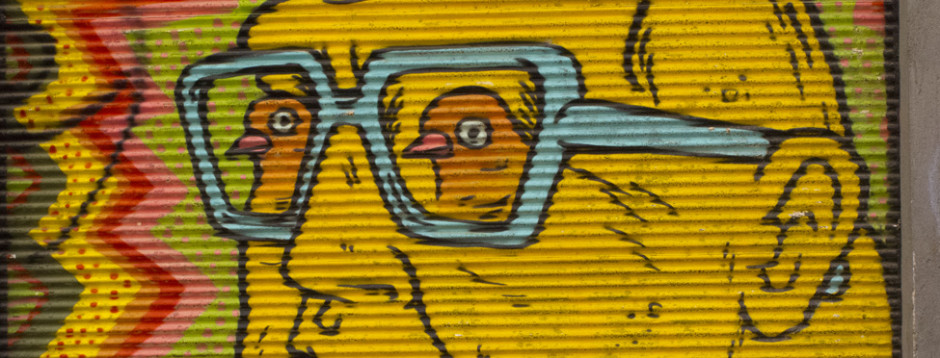An exhibit attempts to encapsulate the many pluralities of wnat Africa means in physical objects
orig. published December 21 2010 by CityArts
It’s difficult to know what to make of the sprawling new exhibit at the Museum of Arts and Design. Titled The Global Africa Project, the exhibition presents over 100 artists working in almost every medium imaginable. We have traditional baskets next to sleek molded plastic coffee tables, and an architectural model next to a pit-fired hand-built ceramic vessel. It’s an overwhelming amount of work not made easier to navigate by a chaotic and crowded installation. But amid the chaos can be found great beauty. There are some transcendental objects as well as pieces that make finely honed political points. But the overall construct of the exhibition is bewildering. In a phrase, the show is kind of a beautiful mess.
Co-curators Lowery Stokes Sims and Leslie King-Hammond have set out to “challenge conventional notions of a singular African aesthetic and identity….” And they have traveled the world to find artists that, I presume identify with Africa in their work, but don’t necessarily claim an “African” aesthetic or literal African heritage. I’m not quite sure how this curatorial framework includes the work of both Keith Haring and Robert Mapplethorpe while excluding the likes of artists such as Martin Puryear, Alfredo Jarr, Willie Cole and Wangechi Muti—to name just a few. It appears to be an attempt to refute claims that Africa has one aesthetic. Of course, Africa encapsulates a plurality of them, since there are a plurality of countries and cultures on the continent as well as within the worldwide Diaspora.
If the show had explored and relished this breadth of aesthetics and their expansive influence it could have been a more significant statement of the globalization of African culture. Instead, it’s a bit of a grab bag of art, craft and design that doesn’t really coalesce into the grand vision that I think the curators admirably set out to achieve. There are, however, some extraordinary pieces in this show that transcend any construct and stand on their own as wonderful works of art.
 Gonçalo Mabunda’s “The Hope Chair,” 2008
Gonçalo Mabunda’s “The Hope Chair,” 2008Gonçalo Mabunda has welded “The Hope Throne,” a massive throne made of decommissioned weapons topped off with an old leather army boot. It is brutal and beautiful; its oversized proportions make an apt comment about the power of both war and peace.
Nick Cave has contributed one of his gorgeous “sound suits.” The huge costume made from found and fabricated objects comes alive in the accompanying video, which shows a variety of these “suits” in wild swirling motion. Here is an artist whose riff on African traditions merges with a distinctly modern sensibility. The result is sublime.
One of the best pieces in the show unites politics, traditional craftsmanship and contemporary art. This huge wall hanging, 8-by-10 feet, is a three-way collaboration between American artist Algernon Miller, Ugandan designer Sannaa Gateja and the Kwetu Afrika Woman’s association, which fabricated the piece. It is comprised of hundreds of small paper beads, each made out of Obama campaign literature. President Obama’s face peaks in and out of the fabric of the hanging along with the hopeful refrain “change.” It is a terrific and potent piece of political art, as well as being downright beautiful.
The exhibit would have benefited from more of these types of pieces, the ones that joyfully fuse the traditions and sensibilities of differing cultures and merge them into something entirely new and utterly global.
The Global Africa Project, through May 15. Museum of Arts & Design, 2 Columbus Circle, 212-299-7777.
